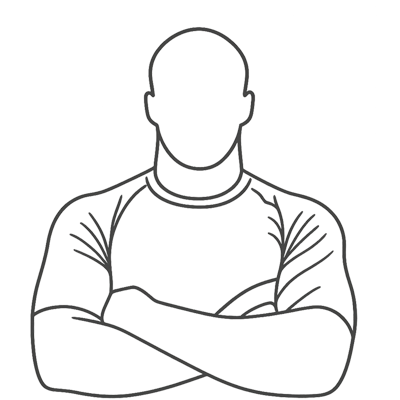Omoplata


Omoplata
Also known as:
Ashi Sankaku Garami
- What is the Omoplata? (Definition & Historical Context)
- Biomechanics and Principles of the Omoplata
- Step-by-Step Guide: Executing the Omoplata from Closed Guard
- Common Mistakes and Execution Pitfalls
- Defensive Strategies and Escapes from the Omoplata
- Strategic Applications: Submission, Sweep, and Transition
- Omoplata in Gi vs. No-Gi Grappling
- Notable Practitioners and Innovators of the Omoplata
- Omoplata Videos
- Omoplata Submission Statistics
- Omoplata Historical Trends
- Matches Won by Omoplata
What is the Omoplata? (Definition & Historical Context)
Biomechanics and Principles of the Omoplata
Step-by-Step Guide: Executing the Omoplata from Closed Guard
Common Mistakes and Execution Pitfalls
Defensive Strategies and Escapes from the Omoplata
Strategic Applications: Submission, Sweep, and Transition
Omoplata in Gi vs. No-Gi Grappling
Notable Practitioners and Innovators of the Omoplata
Omoplata Videos
Omoplata Submission Statistics
Gi vs No-Gi Distribution
Gi
92
(87.6%)
Nogi
13
(12.4%)
Most Omoplata Finishes
RNK
ATHLETE
WINS
1
Omoplata Specialists
Percentage of their total submission wins
RNK
ATHLETE
%
Omoplata Historical Trends
Percentage of All Submissions
2015
2016
2017
2018
2019
2020
2021
2022
2023
2024
Percentage (%)
Year
Showing the percentage of submissions won using Omoplata relative to all submission victories
Matches Won by Omoplata
Table of Contents
- What is the Omoplata? (Definition & Historical Context)
- Biomechanics and Principles of the Omoplata
- Step-by-Step Guide: Executing the Omoplata from Closed Guard
- Common Mistakes and Execution Pitfalls
- Defensive Strategies and Escapes from the Omoplata
- Strategic Applications: Submission, Sweep, and Transition
- Omoplata in Gi vs. No-Gi Grappling
- Notable Practitioners and Innovators of the Omoplata
- Omoplata Videos
- Omoplata Submission Statistics
- Omoplata Historical Trends
- Matches Won by Omoplata





